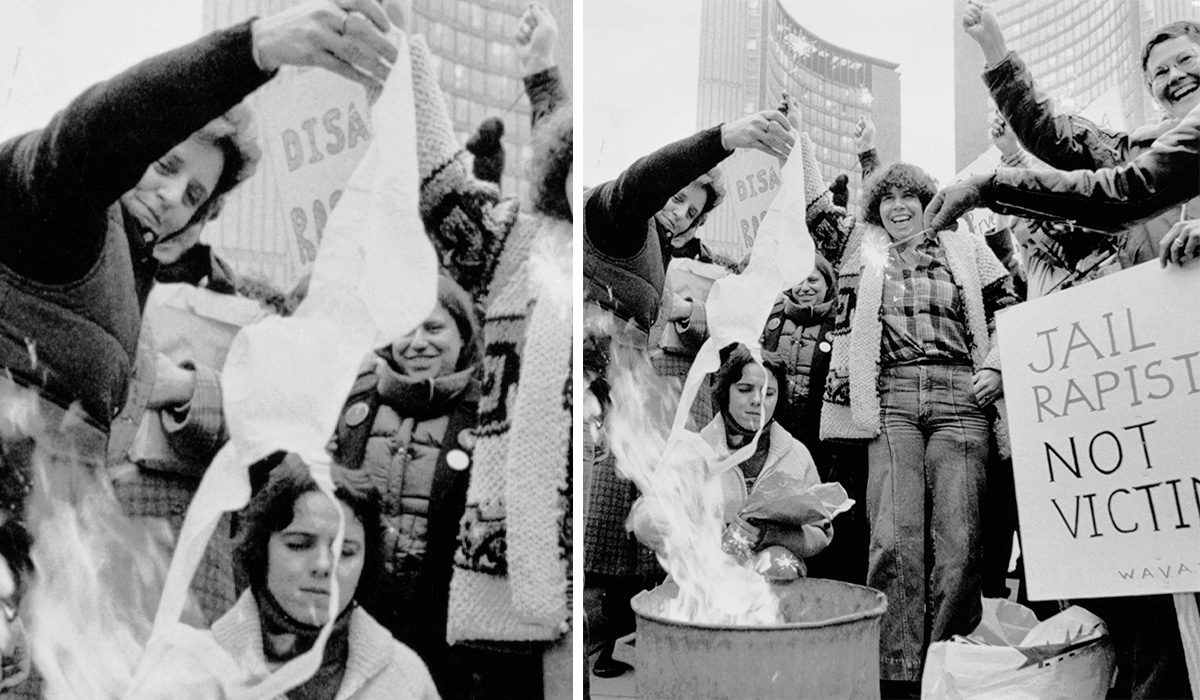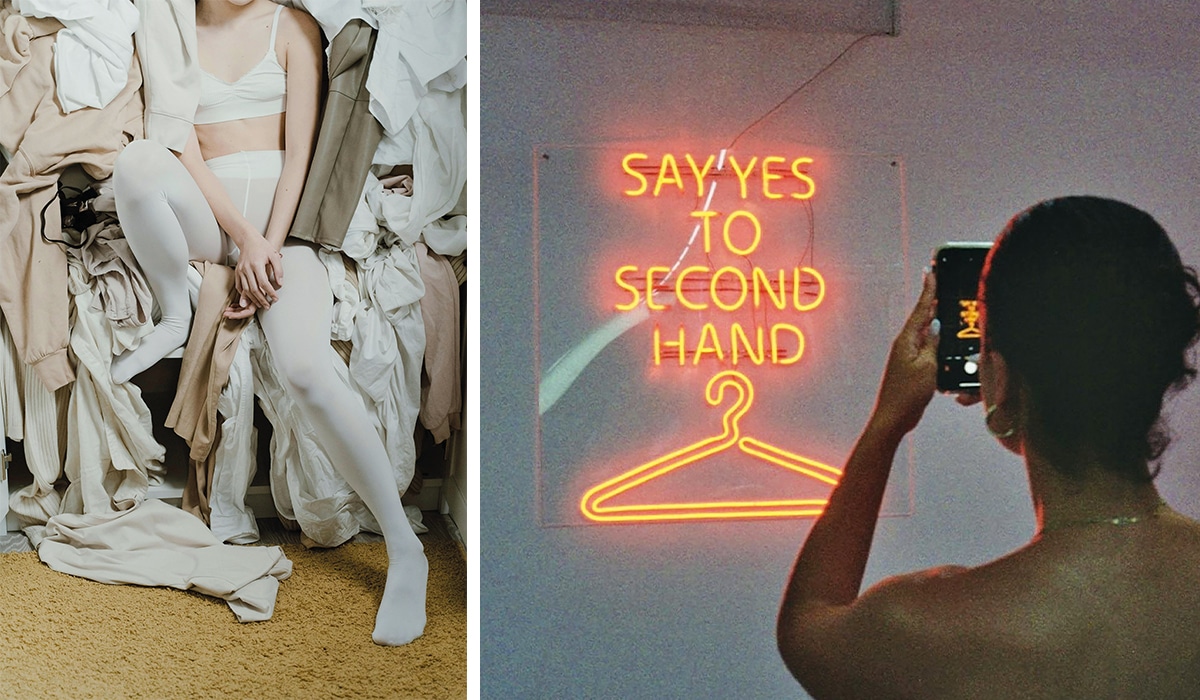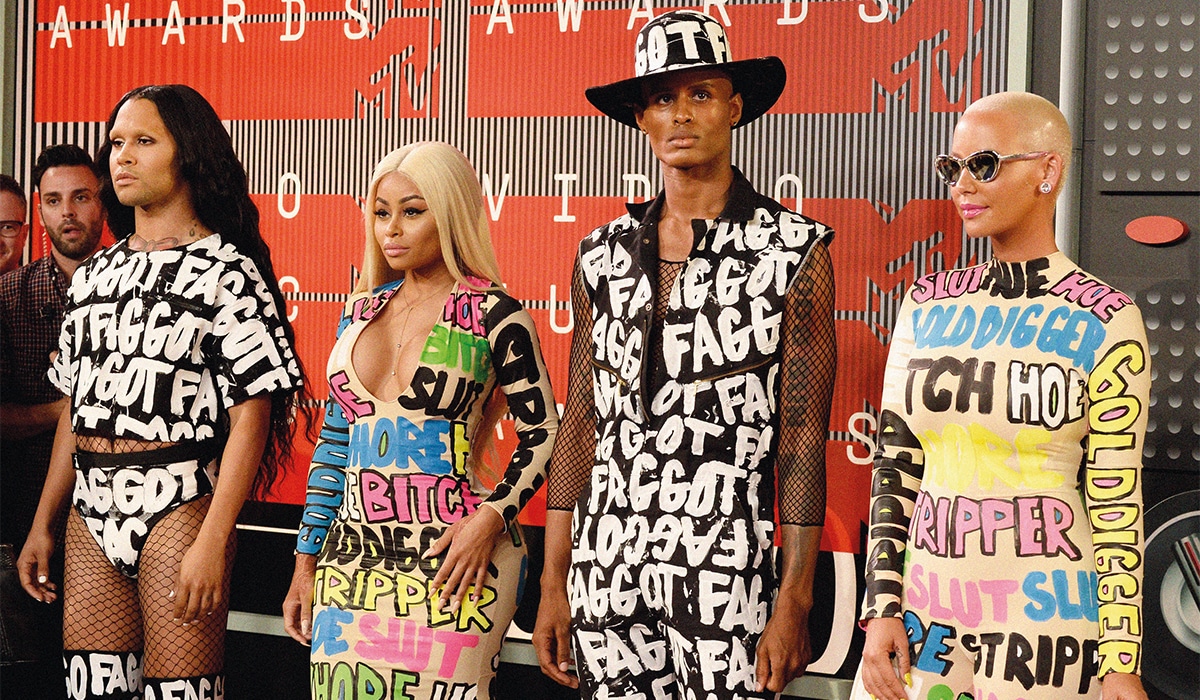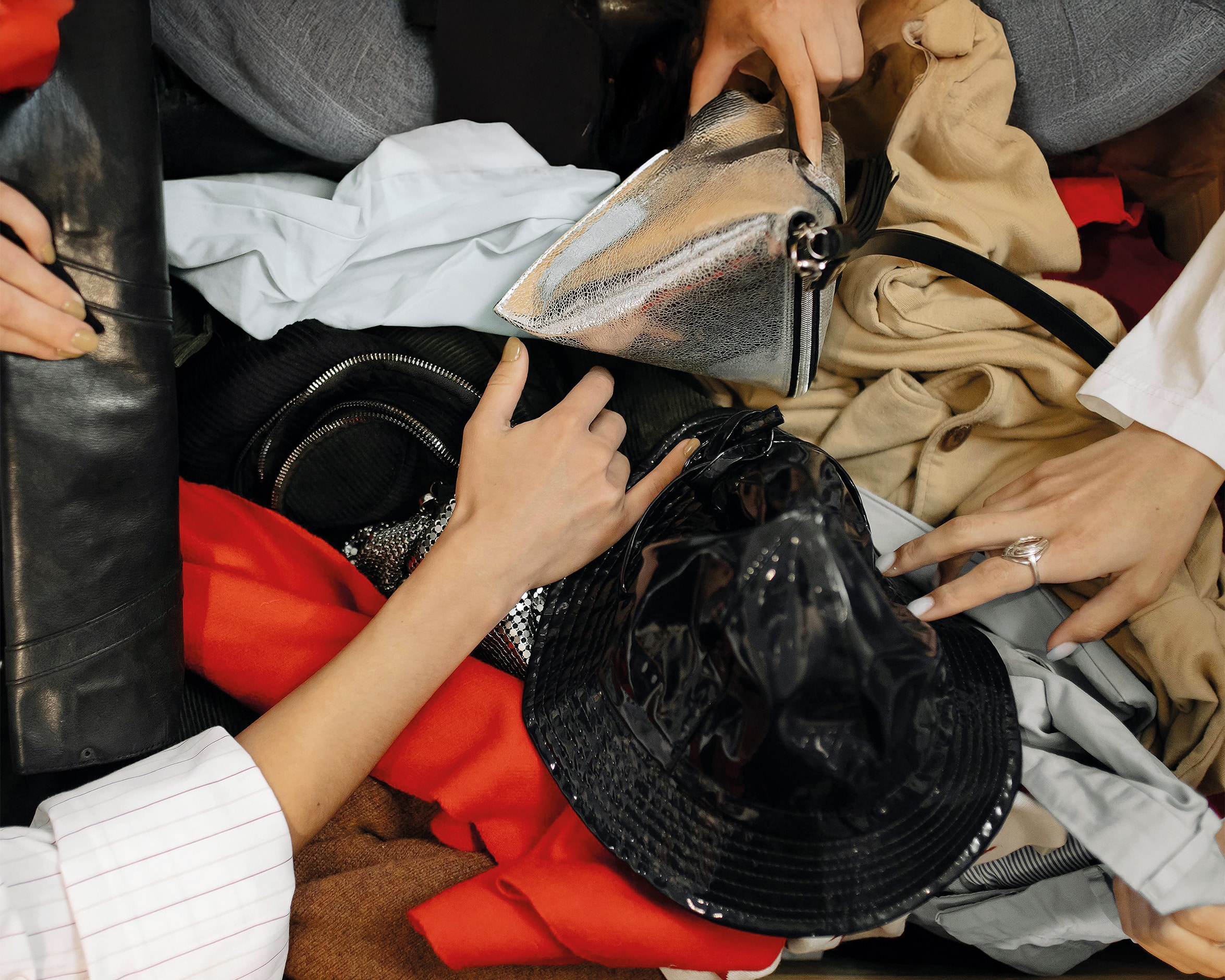In an age where everything is political, fashion has ‘taken its place as a mouthpiece of the people – and we’re not just talking about cleverly worded slogan tees…
There’s a quote (often misattributed to Russian leader Lenin) that says it best: “There are decades where nothing happens, and there are weeks where decades happen.” For the constantly unfolding fashion world, this couldn’t be truer. The art of fashion brings to life society’s dreams and challenges its norms, and yet the question persists: Can fashion be political?
Never before has fashion formed such a large part of the mainstream conversation than it does today. And this is due to fashion-loving Gen Zs who interrogate the industry — examining the pitfalls of the medium, but also the ways in which the power and influence of the industry can be used to spark a bigger conversation and bring about change. We unpack some of the ways that fashion has served to encourage freedom of expression and change society.

Also read: 6 local fashion designers to keep on your radar
Slow fashion
‘Fast fashion is the hyper-industrial approach to fashion that we’re all familiar with. It’s about global conglomerates that churn out trendy pieces faster than the speed of light and sell them at surprisingly low prices — often as a result of an exploited labour force, the use of unsustainable materials and unethical sourcing.
To fight this, emerging designers (like Sam Finger, Bettter and, in SA, Fuata Moyo and Sindiso Khumalo) and fashion-loving influencers (like Aja Barber and South African Alexandra van Heerden) are turning to ‘slow fashion’. Think artisanal clothing, made with ethically sourced materials and often ‘on demand: And yes, although these garments may cost more, they’re better for people and the environment, and will last a lot longer than their fast-fashion counterparts.
Thrifting
A cousin of the ‘slow fashion’ family, in many ways thrifting is one of the most political acts one can undertake when it comes to addressing the current state of the fashion industry —an industrial complex that more often than not doesn’t care about the effect it has on the environment, both in terms of garment production and just how many of those garments end up in landfills around the world.
Thrifting (wearing used, second-hand, previously loved items) cuts out fashion production almost completely, and has been embraced by a new generation of fashion fans looking to save money and the planet in one fell swoop. The bonus: thrifting is also a great way to remain unique in your styling choices.

Feminist fashion
Long before there was a Christian Dior, Hubert de Givenchy or Yves Saint Laurent, there were female designers such as Coco Chanel, Madeleine Vionnet, Jeanne Lanvin and Elsa Schiaparelli who, starting from the 1920s, changed the world of fashion — and what women could wear. The famously outspoken Chanel didn’t play by anyone’s rules; she functioned according to her own intuition in every domain.
If you’re a bit of a feminist history nerd, you may well be familiar with the heyday of second-wave feminism, which became known as the era of `bra-burning’ and sticking it to the patriarchy by virtue of what women wore. You’ll be pleased to know that this era never truly died and modern-day feminists are still making their case through their fashion choices.

Back in 2015, models and TV personalities Blac Chyna and Amber Rose wore matching looks to the MTV Video Music Awards emblazoned with the slurs repeatedly hurled at them —a pertinent comment on how women in the public eye were (and sadly still are) viewed.
At the 2018 Golden Globes, in the wake of the #MeToo movement, the women of Hollywood stood united on the red carpet in a coordinated blackout (all wearing black). On the red carpet at last year’s Golden Globes, actor Gillian Anderson wore a dress covered in lady parts. (Yes! The gown was literally embroidered with a faint white vulva print.) The dress sparked important discussions around female anatomy and had gynaecologists around the world weighing in on terminology and vital sexual health checks.
As another saying goes, actions speak louder than words, and fashion statements (whether political or not) are no exception. No matter who you are or where you come from, the clothes you wear and how you wear them can make a point about who you are, what you stand for and how you view yourself in relation to the rest of world.
Fashion is, and always will be, an incredibly powerful tool; an artform we showcase to the world every day. Use that power for good and see where you can take it.
Words by: Arlin Bantam
Additional text: Melissa Ndlovu
Photography by: Pexels, Gallo/Getty images
Text courtesy of Club X magazine
Also read: 4 Fashion-forward ways to wear Mocha Mousse in 2025







